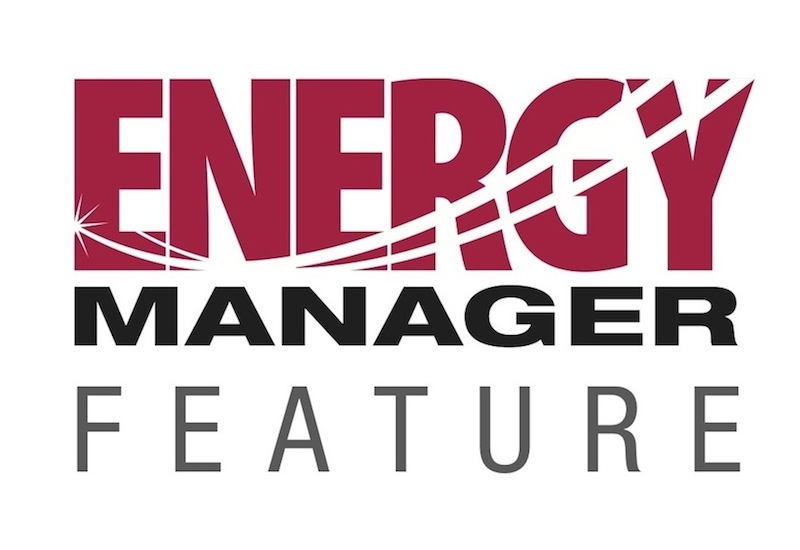
Commercial
Features
Industrial
Institutional
What is the payback period for this energy efficiency project?
Another email (or phone call, booklet, etc.) offers you an energy efficiency measure with a 12-month payback period. Can this be true?
June 16, 2014 By Anatoli Naoumov

Assessing actual savings delivered by an energy efficiency measure seems straightforward but, to avoid disappointment after implementation, the energy manager must understand utility bill structure and tariff options. The use of average cost per kWh may lead to poor investment decisions. (The average cost of kWh makes almost as much sense as the average temperature of patients in a hospital.)
Let’s make a common energy management decision: estimate the payback period of a proposed measure.
A vendor knocks on the door and offers a proven energy efficiency solution that is guaranteed to save 10,000 kWh per month for an initial cost of $25,000. Assuming we have reasons to believe this claim, what is the payback period? A monthly bill averages $0.125/kWh. Therefore, 10,000 kWh per month is worth $1250, which brings the payback period to 20 months. Correct? It depends.
To estimate the payback period on the proposed energy efficiency project, let’s first look at the way hydro bill is structured. The electricity bill consists of three parts:
• charge proportional to consumed electricity (kWh)
• charge proportional to max achieved demand through billing period (kW… for simplicity, we will ignore the difference between kW and KVA)
• fixed charge
For this example, I used rates charged by Toronto Hydro, with some simplifications that do not affect the final conclusion. Rates charged for electricity service depend on the scale of electricity consumption (Figure 1, below. Note: regulatory and debt retiring charges add $0.0127 to electricity rate. Other utilities may have a different rate structure.)
Right away we see a flaw when using average cost per kWh as a tool for assessing the profitability of the energy-saving project: the fixed charge will not go away from any energy efficiency measure. Also, for small commercial clients, the value of energy savings may depend on the time when the saving actually happens. For bigger companies, the value of energy savings depend on the scale of their consumption.
What about peak demand?
But this is only the beginning. The key to assessing realistic payback is finding out whether the proposed energy-saving measure decreases the peak demand.
Some energy efficiency measures decrease the peak demand; others, electricity consumption; some, both. With the same saved energy, such measures will have rather different payback periods.
The financial value of saving 10,000 kWh is $1137 for a mid-sized company and $1505 for a small one. When the same measure also shaves 25kW from peak demand, it will save $267 to mid-sized companies and nothing to small ones. Therefore, were this project to save consumption and reduce demand, its payback period at a mid-sized Toronto Hydro client would be under 18 months. When it does not shave demand, then the same company will see a payback period of 22 months. A small company with the same savings will see a payback period of 16.6 months.
(See Figure 2 for several examples of common energy efficiency measures and their savings factors.)
Companies have to consider many factors when properly estimating the payback period of a proposed energy efficiency measure. Actual savings can only be determined through proper measurement performed before and after, followed by a diligent analysis of obtained data.
——————
Anatoli Naoumov, MBA, MSc, CMVP, has been involved in various areas of business analysis and business development for over 15 years working for companies in Canada, The Netherlands and Russia. He has been certified as a measurement and verification professional (CMVP) by The Association of Energy Engineers (AEE) and The Efficiency Valuation Organization (EVO). A managing partner at GreenQ Partners, Anatoli can be contacted at anaoumov@greenq.ca . (Uploaded June 16, 2014)
Print this page